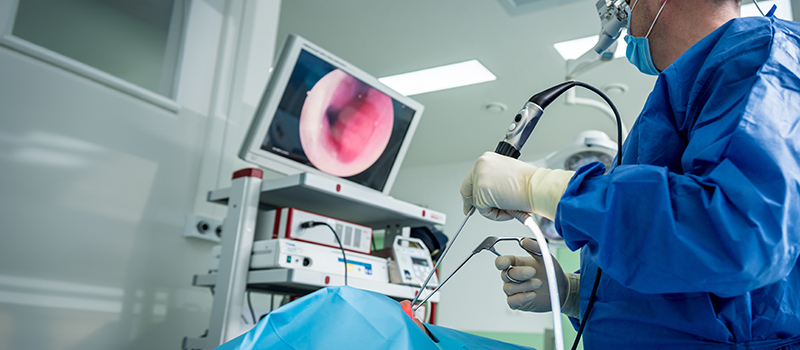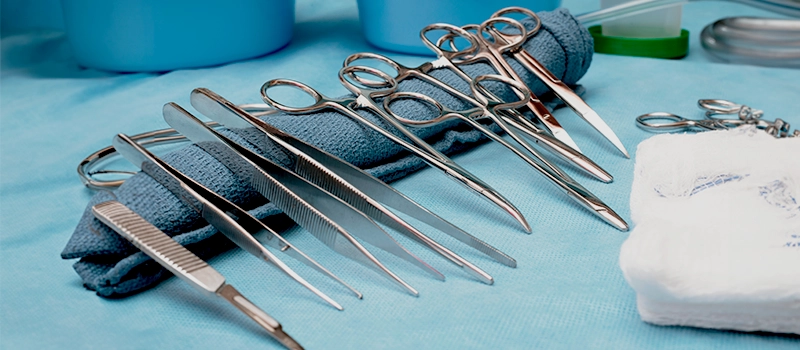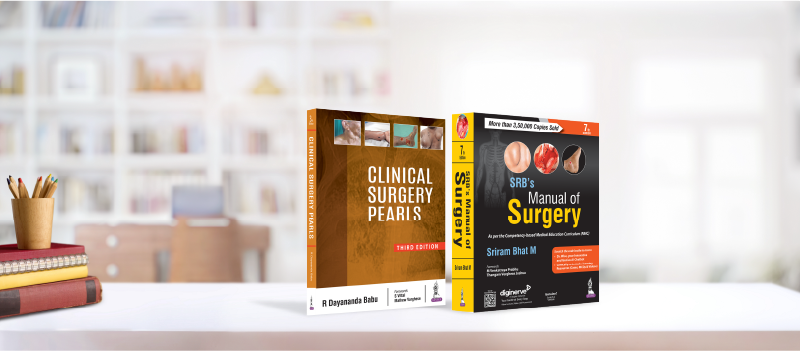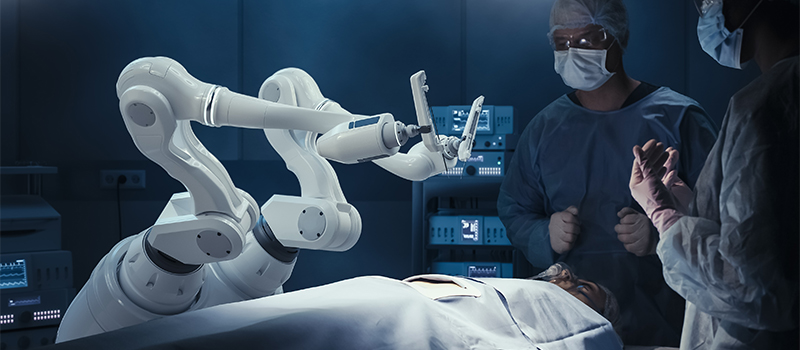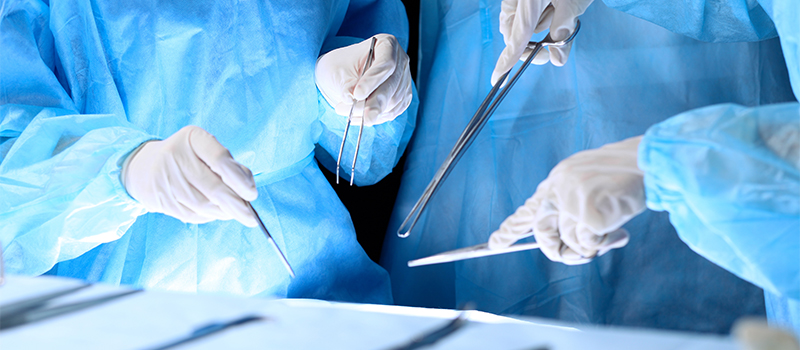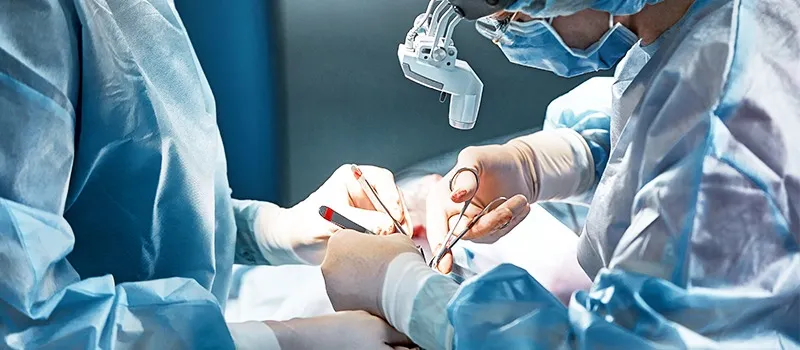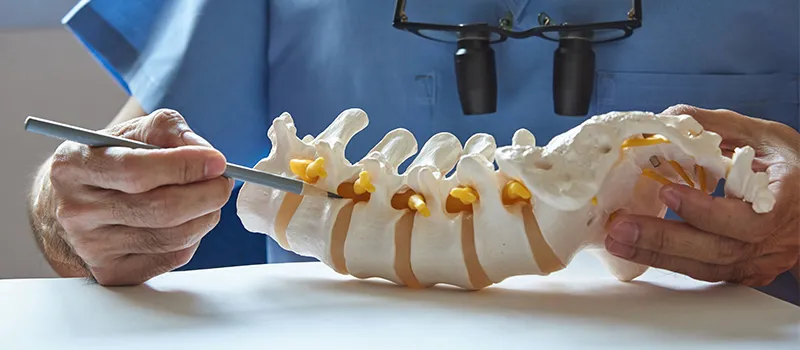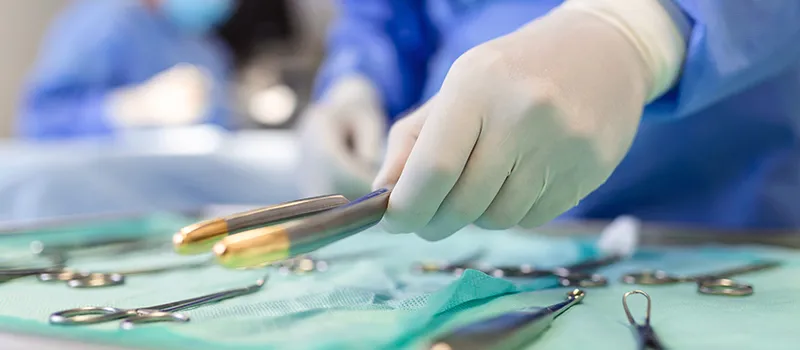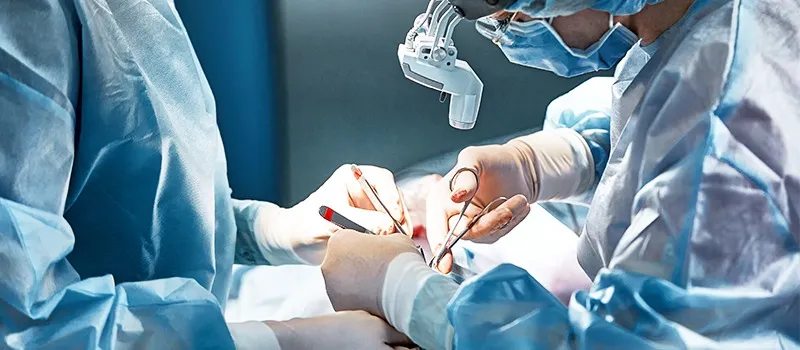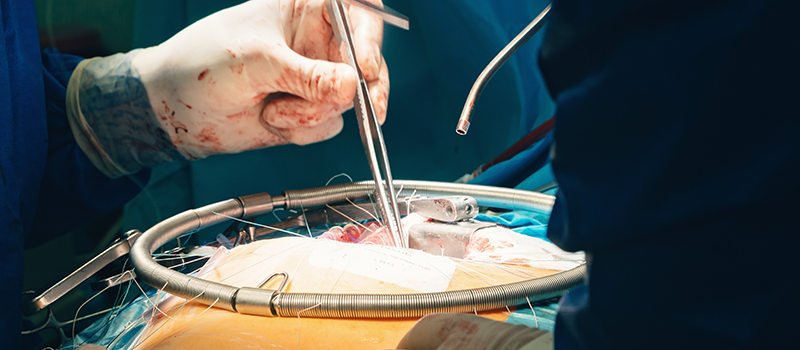
Types of Suturing: How to Choose the Right Suture Technique
Most surgical or traumatic wounds need to be closed to facilitate healing. The most common method for this suturing, although staples and surgical glues are used. Suturing involves repairing the skin and deeper tissues (such as subcutaneous tissue and fascia) to support proper healing.
It provides benefits like lower rates of wound separation (dehiscence) and greater tensile strength compared to other closure methods.
Surgical suturing is known as sewing together two structures or tissues using suture threaded on a needle. It can be known as under following headings:
- Surgical Needles
- Suture Materials
- Suturing Techniques
Surgical Needles
- These are sharp pointed instruments used for guiding the thread for suturing or passing a ligature around a vessel.
Parts of a needle are tip, body and eye.
Classification of needle basis on its eye
- Eyeless needles have suture swaged to it the blunt end of the needle; it causes less trauma. It is more costly and can be used only once. Used for face, blood vessels, etc.
- Surgical eye needles are made of high-quality stainless steel. Surgical eye needles with a double spring eye and with a regular eye.
Based on needle shape
- Straight needle
- Curved needle: ¼ circle, 3/8 circle, half circle, 5/8 circle.
- Straight needle used for suturing superficial tissues without using needle holder.
- Curved needles traverse the tissues with circular movement, help in working in depth.
- Confined operative sites, greater curvature needles are required.
Based on needle edge
- A round body needle with rounded tip that separates the tissue fibres rather than cutting them. Used for suturing in soft tissues.
- The cutting needle has two opposing cutting edges on outside and 3rd edge on inside curve of the needle. Point looks triangular in cross-section. Used for suturing tough tissues.
- The reverse cutting needle has triangular edge like cutting needle. Two opposing cutting edges are on the inside and third edge on outside curve of the needle. Improves strength of needle and increases its resistance to bending in tough tissues.
- Taper cut needle has reverse cutting tip limited to the point of the needle which then tapers out to merge smoothly into round cross-section. It combines the initial penetration of reverse cutting with minimized trauma of round body needle. Used for cardiovascular surgery.
Classification of Suture Materials
1. Absorbable: Suture are digested by tissue enzyme and removed by phagocytosis. There are two types.
| Natural | Synthetic Materials |
| Catgut | Polyglactin (Vicryl), poliglecaprone (Monocryl) |
| Fascia lata | Polyglycolic acid (Dexon-S) |
| Kangaroo tendon | Polydioxanone (PDS) |
| Beef tendon |
2. Nonabsorbable: Suture remain in the body
| Natural | Synthetic | Metals |
| Silk | Polyamide | Stainless steel |
| Cotton | Polyester | Silver wire |
| Linen | Polypropylene | Titanium |
Suture material may be monofilament (prolene) or polyfilament (silk). The polyfilament suture may be twisted or braided.
The advantage of monofilament suture is that is does not allow bacteria to lodgement but in polyfilament suture has good knotting property, the drawback is that it allows bacteria to lodge in its fibres.
Principles for Selecting Sutures
- Slow healing tissues should be sutures with nonabsorbable sutures like skin/fascia.
- Healing tissues should be sutures with absorbable sutures like muscles/intestines.
- Cosmetic effect is important use monofilament, non-absorbable sutures of small size. It has minimal tissue reaction, but on the other hand absorbable sutures obtain severe tissue reaction or scar formation.
- Use monofilament absorbable in presence of infection, it prevents bacterial lodgement.
- Healing is delayed in malnourishment, use of nonabsorbable suture to keep tissue in approximation for longer period.
- Always use absorbable sutures for anastomosis of ducts, because in such a situation nonabsorbable sutures meets secretions and will act as a nidus for precipitation of salts leading to stone formation.
Characteristics of Ideal Suture Material
- Uniform tensile strength and diameter.
- Adequate tensile strength till tissue healing is complete.
- Produce secure knots without slipping and cutting.
- Minimum tissue reaction.
- Allow bacterial lodgement.
- Should be nonallergic.
- Should be less expensive and freely available.
Properties of Absorbable Sutures
| Suture | Source | Tensile Strength | Tissue Reaction | Remarks |
| Catgut | Collagen from submucosa of sheep’s or cow’s intestine | 7-10 days | Moderate | Used in rapidly healing tissues like subcutaneous fat |
| Chromic Catgut | Catgut treated with 20% chromic acid | 3-4 weeks | Moderate | Used in slow healing and infected tissues, ligation of vessels |
| Polyglactin (vicryl) | Synthetic copolymer of lactide & glycotide | 60% at 2 weeks | Minimal | Excellent tissue handling can be used in infected tissues. Less tissue reaction. Used in gut anastomosis, ligation of pedicles (thyroid vessels) |
| Polydioxanone (PDS) | Synthetic (Polyester Polymer) | 70% at 2 weeks, 50% at 4 weeks, absorbed by hydrolysis at 180 days | Minimal | High tensile strength, relatively inert. It glides through tissues due to smooth surface. It is monofilament, so there is a minimal chance of infection. It requires multiple knots for security, it has high cost. |
| Polyglycaprone (Monocryl) | Synthetic copolymer of glycolite & caproladone | 60% at 7 days, 30% at 2 weeks, absorption by hydrolysis at 90-120 days | Minimal | High initial tensile strength, relatively inert, not affected by infection, smooth surface, high cost and require multiple knots. Used for gut anastomosis. |
Properties of Non-absorbable Sutures
| Suture | Source | Tensile Strength | Tissue Reaction | Remarks |
| Silk | Silkworm | 6 months | Moderate to high | Easy handling & knotting doesn’t become limp or brittle. Avoid infected tissues. Used in skin sutures, vessel ligation, gut anastomosis |
| Cotton | Vegetable origin | 50% at 6 months | Minimal | Easy knotting and handling, cheap and freely available. Avoid infected tissues. Used for skin suturing and vessel ligation. |
| Stainless Steel Wire | Alloy of iron, nickel and chromium | Infinite | Minimal | Used for interdental wiring in fracture mandible, bone suture in fracture patella. Poor handling, knot may break, skin discomfort. |
| Polypropylene (prolene) | Synthetic polymer of polypropylene | Infinite | Minimal | Resists infection because it is monofilament. Very smooth and glides through tissues. Prolonged tensile strength even in infected areas. Multiple knots required due to poor knotting. Useful in vascular surgery because it is less thrombogenic. |
| Nylon | Synthetic polyamide polymer | 15-20% loss per year | Minimal | Less irritant, cheap, knot is slippery. Infection rate is high due to cervices in braided nylon. Used for skin sutures, tendon repair. |
Different types of Surgical Knots
1. Reef Knot
- Commonly used knot with advantage that is does not slip.
- Draw the ends in the right direction to keep the knot square, while tying the knot.
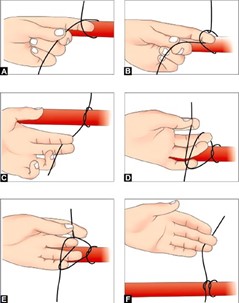
Fig1: Method of Tying Reef Knot with Left Hand
2. Granny Knot
- Knot that’s often tied by mistake instead of a square knot.
- Considered inferior to the square knot and insecure, it can slip suddenly.
3. Surgeon’s Knot
- Tissues are approximated forcefully, there is tension on the suture.
- Likely to slip after the first knot is tied.
- The first twist is doubled so that it does not slip.
- Useful if thicker type of suture material is used or suture material is slippery.
Alternatives to Types of Sutures
1. Skin Adhesive Strips
- Sterile self-adhesive tapes give cosmetic results due to minimum scarring.
- Applied on clean wounds without any tension and give minimum scarring.
- Transparent adhesive films (Tegaderm, Opsite), with additional advantage allowing inspection of wound and protect it from risk of infection.
2. Tissue Glue
- Solution of n-butyl-2-cyanoacrylate monomer.
- To apply tissue glue, the laceration should be dry, and the glue should be squeezed from the container tube into the wound.
- Keep the wound edges together and hold for 1 minute, wait till the glue dries up.
- Glue forms a firm adhesive bond at the site of wound.
- Useful in closing facial lacerations in uncooperative children since it avoids local anaesthesia injections.
3. Skin Clips
- Applied on approximated wound edges with a skin stapler.
- Clips do not penetrate the full thickness of wound edges.
- Minimum cross marks with very neat scar and decreased chances of wound infection risk.
- More expensive and require special instrument for clip removal.
4. Subcuticular Stitch
- Known as continuous suture, where the needle enter & exits from epidermis with plane of the skin.
- Stitches are used to close superficial skin edges and typically offer the best cosmetic outcome.
Multiple Choice Questions (MCQs)
Q1. Which of the following is a non-absorbable suture?
A. Polypropylene
B. Vicryl
C. Catgut
D. Polydioxanone
Ans. A. Polypropylene
Q2. Surgically used suture material polydioxanone is:
A. A non-absorbable and remains encapsulated
B. Undergoes hydrolysis and complete absorption
C. Undergoes phagocytosis and enzymatic degradation
D. Is specifically used for heart valves of synthetic grafts
Ans. B. Undergoes hydrolysis and complete absorption
Q3. Vicryl the commonly used suture material is a:
A. Homopolymer of polydiozanone
B. Co-polymer of glycolide and lactide
C. Homopolymer of glycolide
D. Homopolymer of lactide
Ans. B. Co-polymer of glycolide and lactide
Q4. PDS is absorbed within:
A. 7 days
B. 21 days
C. 100 days
D. 225 days
Ans. D. 225 days
Q5. Which of the following is a delayed absorbable synthetic suture material?
A. Chromic catgut
B. Vicryl
C. Silk
D. Nylon
Ans. B. Vicryl
Q6. Raw material used in nylon suture is:
A. Polyethylene terephthalate
B. Polyamide polymer
C. Polybutylene terephthalate
D. Polyester polymer
Ans. B. Polyamide polymer
Conclusion
Choosing the correct suturing technique is essential for successful wound closure and patient recovery. The types of suturing techniques include simple interrupted sutures, continuous sutures, vertical mattress sutures, and subcuticular sutures, each serving a specific purpose depending on the wound type, location, and healing goals. DigiNEET offers video tutorials and practical demonstrations on suturing techniques, enabling students to visualize and understand the indications, advantages, and limitations of each method. Furthermore, DigiOne supports foundational knowledge in Anatomy and Physiology, essential for understanding the anatomy of the skin and tissues involved in wound healing. By providing hands-on learning through case studies and quizzes, DigiNEET ensures that students can apply these suturing techniques effectively in clinical practice and exams.
Related post
